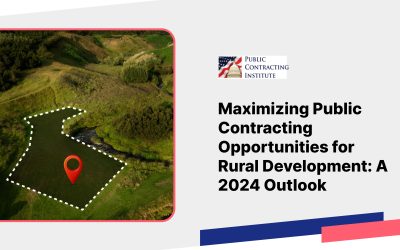Guest Author: Kym Nucci, Partner, Thompson Coburn LLP, writes:
The GAO decision in The Clay Group, LLC, B-406647; B-406647.2, July 30, 2012, provides a tutorial for agencies on how not to conduct a procurement and respond to a disappointed offeror’s protest. The case involved a VA procurement to establish a blanket purchase agreement against the successor vendor’s Federal Supply Schedule Contract to supply bathroom paper products (5 types of toilet tissue, 5 types of paper towels, a paper towel dispenser and a toilet tissue dispenser) for Veterans Integrated Network (VISN) 3. The RFQ identified 12 items and furnished salient characteristics for each item. The RFQ also identified 19 evaluation factors listed in descending order of importance. The technical, past performance, and socioeconomic factors, when combined, were considered of equal importance to price. Although The Clay Group’s (“CG”) quotation received the higher technical score, the award was made to AF&S Products and Services, LLC (“AF&S”) because of its lower price. CG protested the award and, upon reviewing the agency report and evaluation documents, filed supplemental protest grounds. The GAO’s decision, sustaining the protest, reveals a plethora of missteps and errors by the VA.
First, the RFQ and the VA’s answers to vendor questions were confusing as to whether vendors could offer products that deviated from the salient characteristics.
Second, the evaluators did not follow the stated evaluation methodology. Instead, they used a scheme that weighted factors 1, 7, 9 and 11 more heavily than the others even though the RFQ listed the 19 factors in descending order of importance.
Third, the evaluators evaluated the quotations in an inconsistent and/or unequal manner, as evidenced by information and evaluator comments in the evaluation summary worksheet.
Fourth, the record contained no evidence that the evaluators considered whether the towel dispenser offered by AF&S under item 11 complied with the stated salient characteristics.
Fifth, the record showed that the agency failed to account for variations in product size when comparing vendors’ prices. For example, AF&S’s offered a toilet tissue roll that contained only 3/5 of the specified sheets per roll, which obviously had a material impact on the pricing for that item.
Sixth, the evidence suggested that the VA communicated solely with AF&S to address specific weaknesses in its quotation, but it did not conduct any such communications with CG.
Seventh, the contracting officer’s trade-off determination appeared to be nothing more than a mechanical comparison of point scores.
Eighth, even though the VA attorney submitted a response to CG’s supplemental protest, the response completely failed to address, much less rebut, the new protest arguments.
Finally, even though the VA attorney advised the GAO and CG’s counsel that the agency would take corrective action when told during an outcome prediction conference that a sustain was likely, and continued making that representation over the course of the next few weeks, the VA abruptly changed its mind six days before the statutory deadline for issuance of a GAO decision. The GAO attorney had to scramble to timely issue her decision.

